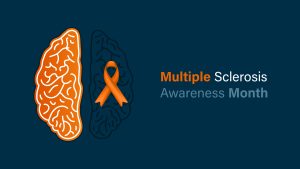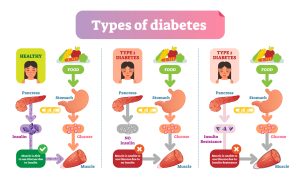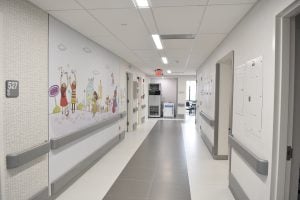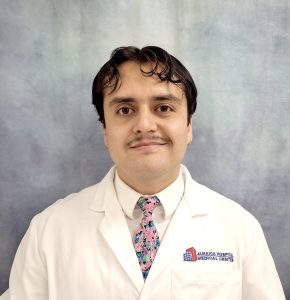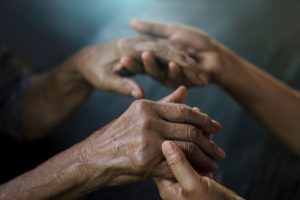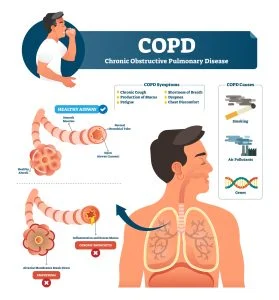 A hysterectomy is a surgical procedure that removes the uterus.
A hysterectomy is a surgical procedure that removes the uterus.
Depending on the reason for the surgery, a hysterectomy can involve removing surrounding organs and tissues, such as the fallopian tubes and ovaries.
Your healthcare provider will discuss the type of hysterectomy you need depending on your condition. This will determine if your fallopian tubes and/or ovaries will be removed.
The different types of hysterectomy surgeries include:
- A total hysterectomy removes the uterus and cervix but leaves the ovaries. Since you still have ovaries, you won’t enter menopause immediately after surgery.
- A supracervical hysterectomy removes just the upper part of the uterus while leaving the cervix. You can also have your fallopian tubes and ovaries removed at the same time. Since you still have a cervix, you will still need pap smears.
- A total hysterectomy with bilateral salpingo-oophorectomy removes the uterus, cervix, fallopian tubes, and ovaries. Since your ovaries are removed, menopause will start immediately if you haven’t already completed it.
- A radical hysterectomy with bilateral salpingo-oophorectomy removes the uterus, cervix, fallopian tubes, ovaries, the upper portion of the vagina, and some surrounding tissue, and lymph nodes. Healthcare providers use this procedure when cancer is involved. Since your ovaries are removed, you will enter menopause.
A healthcare provider may suggest alternative treatments before recommending a hysterectomy, depending on the reason for needing one. Sometimes, those treatments don’t help, or surgery is the only option to treat the condition.
Surgeons perform hysterectomies to treat the following:
- Abnormal or heavy vaginal bleeding
- Severe pelvic pain
- Uterine fibroids and other noncancerous tumors
- Severe endometriosis
- Uterine prolapse that can lead to urinary incontinence or fecal incontinence
- Cervical, ovarian, or uterine cancer
- Conditions with the lining of your uterus, such as hyperplasia or adenomyosis
- Serious complications of childbirth such as uterine rupture
Many people have a hysterectomy to prevent cancer. For people at high risk for certain types of cancer, removing the uterus and/or surrounding reproductive organs can reduce the chances of developing cancer.
Healthcare providers can use several different surgical approaches to perform a hysterectomy. A surgical procedure that is performed is a robot-assisted laparoscopic hysterectomy.
A robot-assisted laparoscopic hysterectomy is similar to an abdominal laparoscopy, however, a surgeon performs the procedure with the help of a robotic machine.
A surgeon inserts a laparoscope through the abdomen incisions. They insert small, thin surgical tools through three to five other small incisions around your belly button. The surgeon controls robotic arms and instruments.
The recovery is similar to a laparoscopic hysterectomy.
There are many potential advantages of robotic-assisted laparoscopic hysterectomy including:
- Robot-assisted surgery provides the surgeon with 3D images of inside your abdomen and pelvis that create a clearer picture for them to reference as they operate.
- Under the surgeon’s direction, the robot can move more freely and with more versatility than a human hand
- Minimal scarring
- Less pain
- Faster recovery times
- Less risk of wound infection,
- Shorter hospital stays
- Less blood loss
For more information about robotic surgery at Jamaica Hospital Medical Center or to learn more about other surgical options, please call (718) 206-7001 to make an appointment.
All content of this newsletter is intended for general information purposes only and is not intended or implied to be a substitute for professional medical advice, diagnosis or treatment. Please consult a medical professional before adopting any of the suggestions on this page. You must never disregard professional medical advice or delay seeking medical treatment based upon any content of this newsletter. PROMPTLY CONSULT YOUR PHYSICIAN OR CALL 911 IF YOU BELIEVE YOU HAVE A MEDICAL EMERGENCY.

